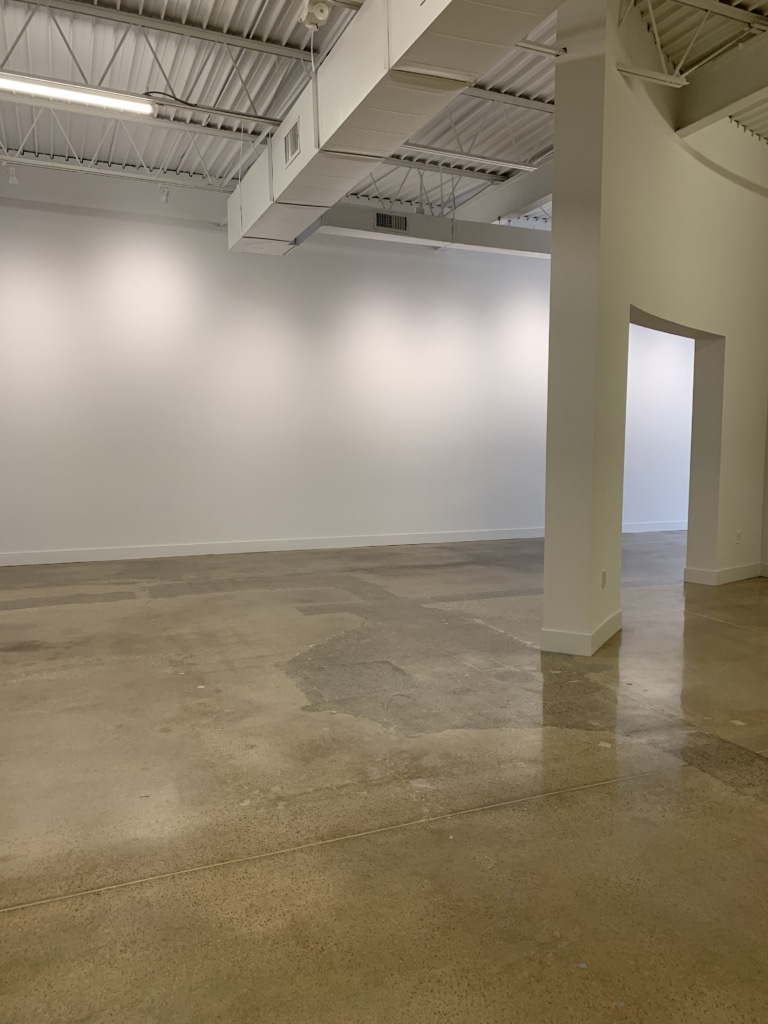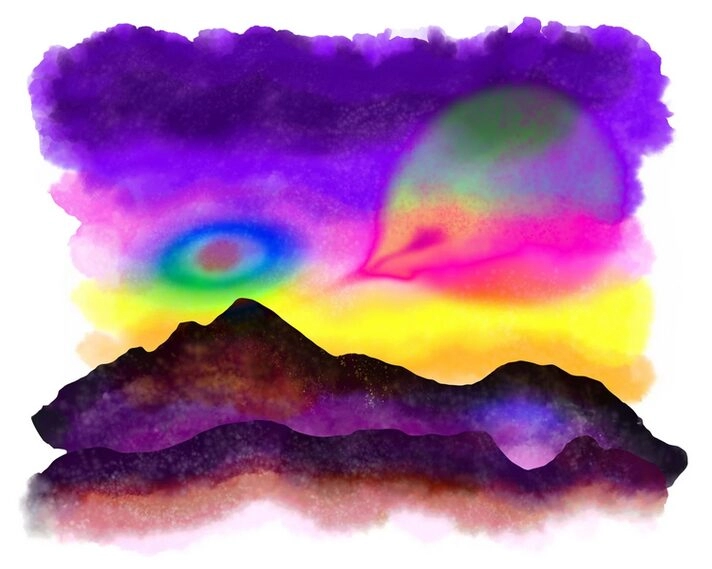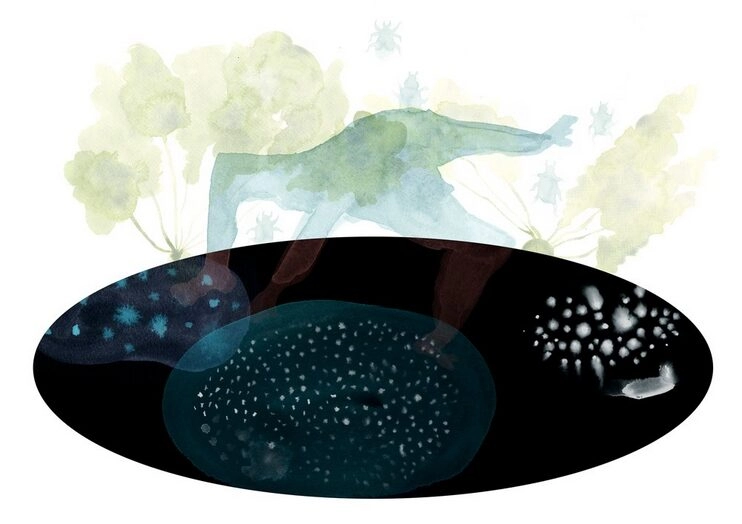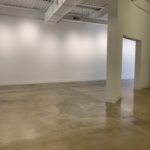Ted Kincaid:
Towards a Queer Transcendence
March 8 – April 15
Artist Ted Kincaid makes a return to Liliana Bloch Gallery with an exhibition that showcases a striking evolution in his artistic practice while preserving the thematic continuity that has defined his remarkable four-decade career. Towards A Queer Transcendence continues the ongoing journey of a conceptual artist increasingly drawn to a realm beyond what can be seen, whose work has continually challenged our notions of what is before us, versus our perceptions, desires, illusions and dreams.
Queer transcendence is a concept that intersects queer theory and spiritual metaphysics. It refers to the idea of moving beyond or surpassing outmoded cultural and traditional binary understandings of gender, sexuality, and identity. This work moves from an exploration of the external world, whether real or imagined, and instead ventures beyond the physical to explore the spiritual, particularly in the form of Queer Inner Divinity; encapsulating the profound recognition and celebration of the inherent sacredness and authenticity within individuals who identify as queer. It signifies the acknowledgment and celebrates the divine essence present within each person, irrespective of gender identity, sexual orientation, or societal norms.
At its core, queer transcendence challenges societal norms and constructs that limit or restrict individuals based on their gender or sexual orientation. It posits the embracing of complexity, ambiguity, and multiplicity in identity, rather than adhering to rigid definitions. It is my goal for this work to truly transgress the constraints of heteronormativity and cisnormativity, as well as exploring alternative ways of being and experiencing the world. It encompasses spiritual or metaphysical dimensions, seeking to connect with something larger while embracing the divine essence of queer identity.
For three decades, Ted Kincaid has systematically subverted the notion of an objective photographic record and examined the play between painting and photography. Kincaid has created multiple series of works that explore the discourse between a manufactured image that appears to be a straightforward photograph and an actual photograph that has been altered so fantastically that the viewer would assume it is a painting. To put it simply, his paintings are informed by photography, and his photographs are influenced by painting.
Kincaid is one of the most recognized and respected artists from North Texas. He has been reviewed in ARTFORUM and is included in the permanent collections of the Dallas Museum of Art, L’Associazione Fotografica Imago, Arezzo, Italy, the Museum of Fine Arts in Houston, the Museum of Fine Arts in San Antonio, The Columbus Museum, and the Georgia Museum of Art.






